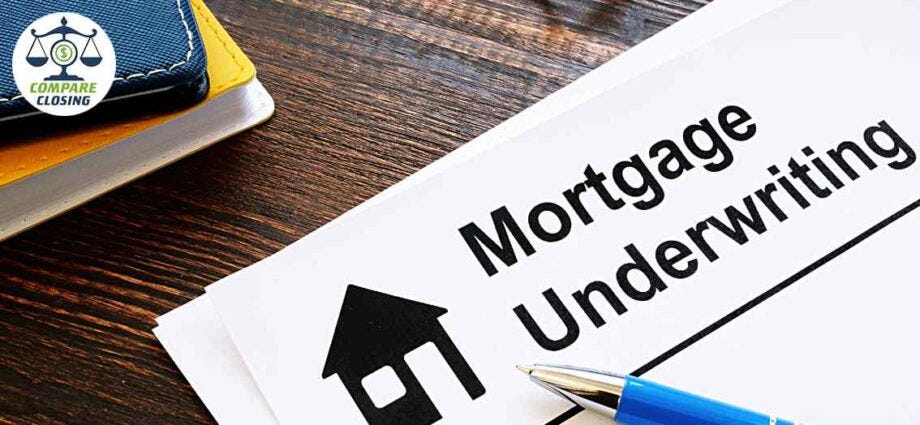
From September 18 Fannie Mae’s automated underwriting system Desktop Underwriter (DU) will allow single-family lenders to automatically detect recurring rent payments in the applicant’s bank statement data.
With this, the process for borrowers will get simplified.
So now people can use on-time rent payments as a step to qualify for a mortgage.
And any record of missed or inconsistent rent payments showing in bank statement data will not affect the borrower’s ability to qualify for a loan, though the borrower still needs to provide their bank statements as proof.
Fannie said Renters having a limited credit history but a strong rent payment history will be able to buy homes now with the DU enhancement.
Fannie Mae CEO Hugh Frater said, that because of insufficient credit many renters believe they will never be able to buy their own home.
So by including positive rent payment history in underwriting risk assessments the mortgage eligibility has expanded.
According to Fannie Mae’s research, the mortgage applicants who had not qualified otherwise, through Desktop Underwriter, 17% could have received approval if their rental payment history had been taken into account.
Holden Lewis, home and mortgage specialist at NerdWallet said, using rent payments to qualify for a mortgage is beneficial to people who don’t have enough credit accounts.
With credit cards, auto loans, student loans, and other types of debt, lenders can check the credit history of people but if someone has few or no accounts then it is difficult to gauge their creditworthiness.
So by using the on-time rent payments to qualify for a mortgage many would benefit.
This process is a beautiful way of correcting housing inequities by creating a more inclusive mortgage credit evaluation process.
Reference Source: MPA
Comments
Post a Comment